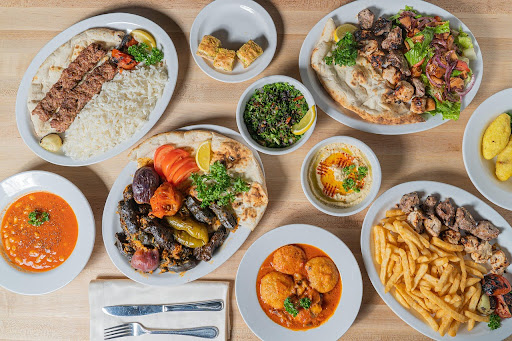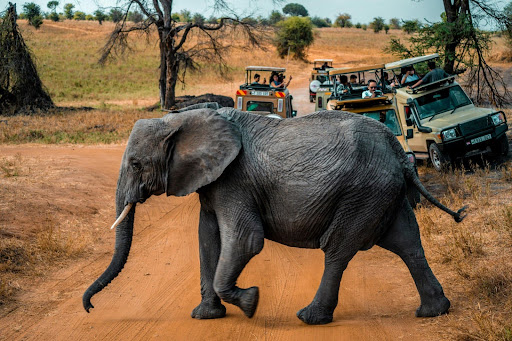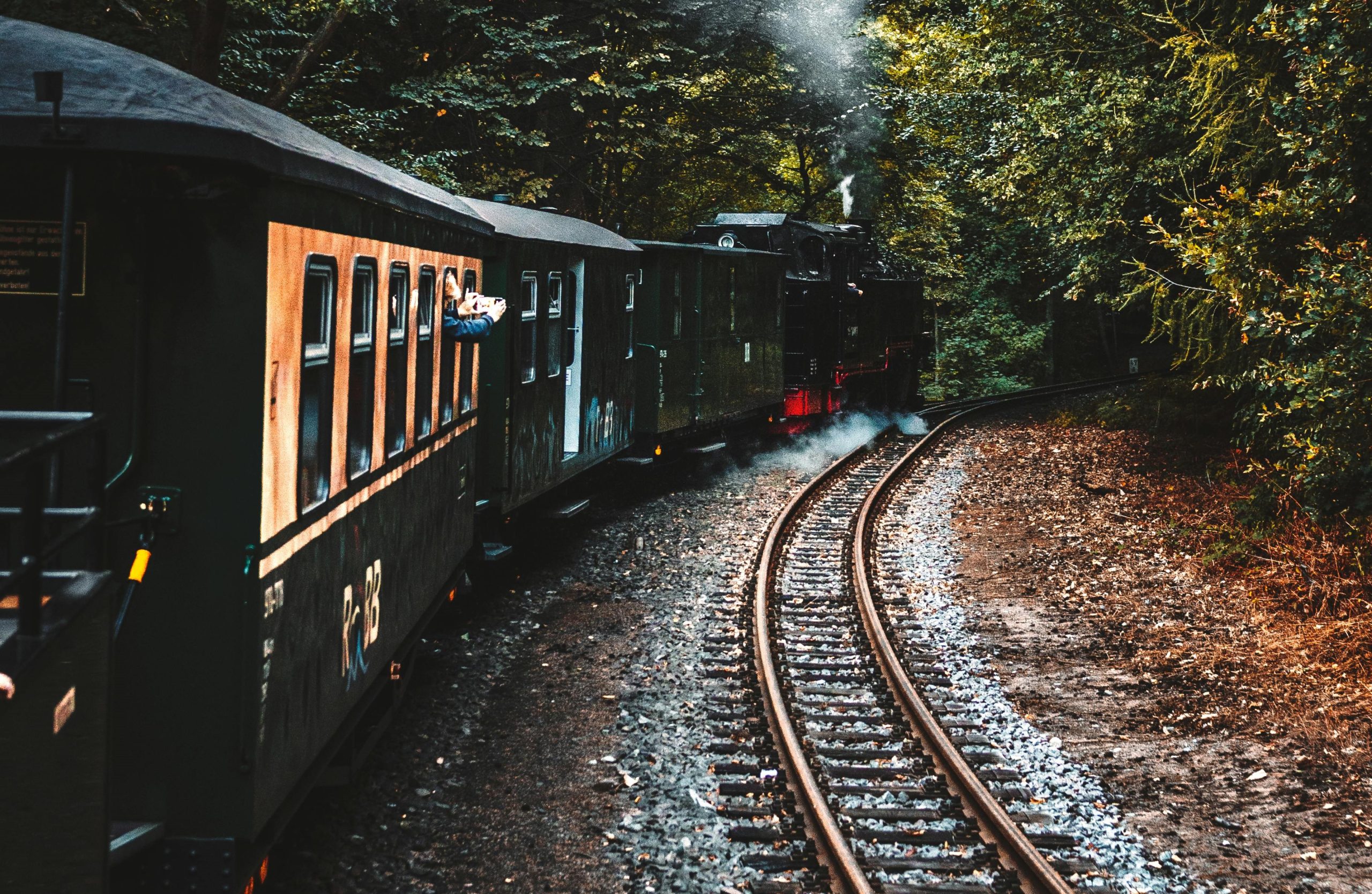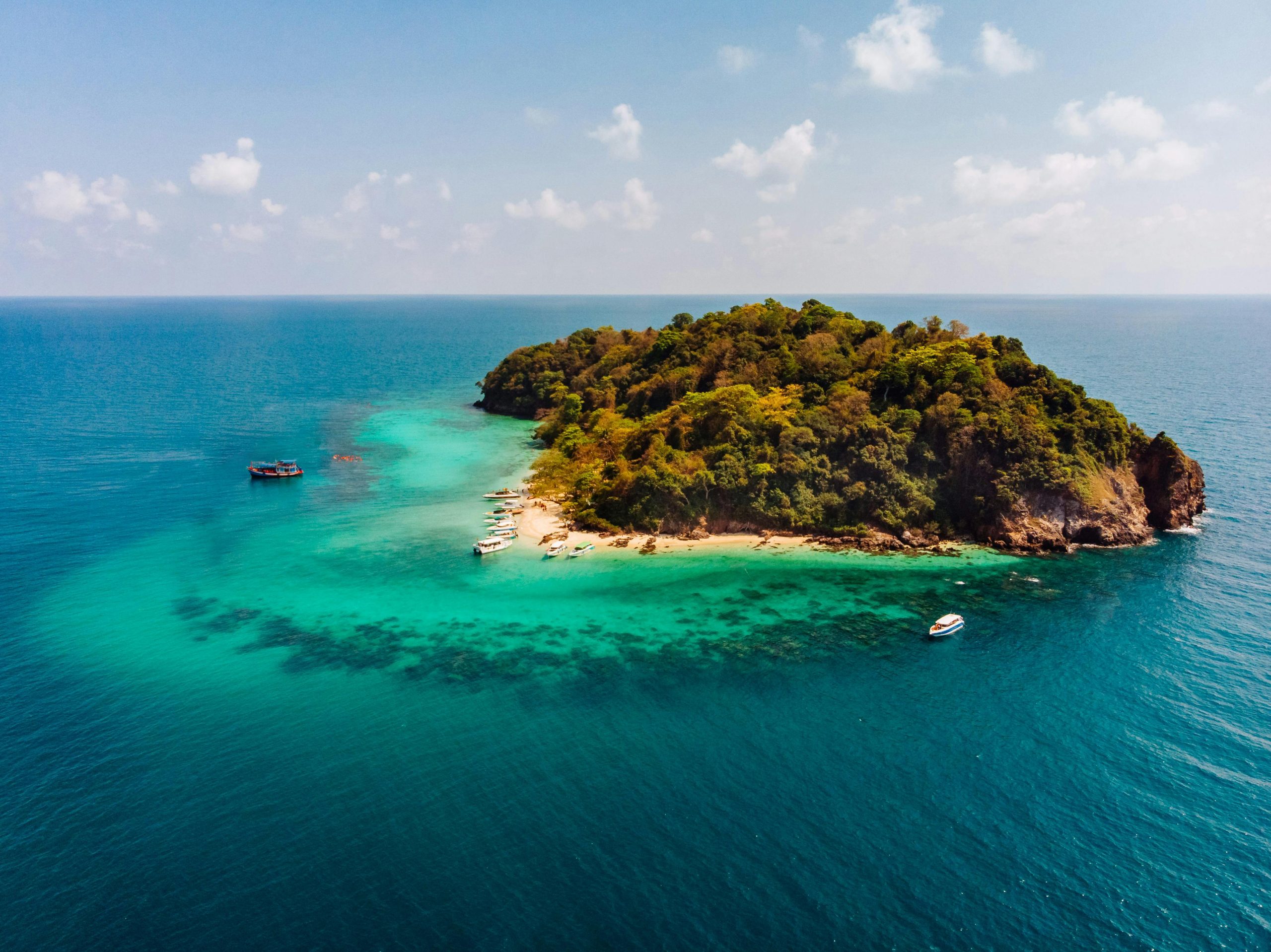The Paradox of Risky Cuisine
Some of the world’s most beloved dishes aren’t just exotic or rare—they come with a side of danger. From deadly toxins to living, wriggling bites, these foods can kill you if prepared or eaten incorrectly. Yet people seek them out, willing to take the risk for tradition, status, thrill, or simply for the unforgettable experience.
Would you eat something that could paralyze you? How about a dish so risky that chefs train for years to prepare it safely? Let’s dive into the fascinating world of dangerous foods and why people can’t resist them.
1. Fugu (Japan) – The Deadly Delicacy
What it is: The infamous pufferfish, a Japanese delicacy prized for its subtle flavor and delicate texture.
Why it’s dangerous: Fugu contains tetrodotoxin, a neurotoxin 1,200 times deadlier than cyanide. A single wrong cut by an unskilled chef can leave a diner paralyzed or worse. Japan strictly regulates its preparation, requiring chefs to undergo years of rigorous training and licensing.
Why people love it: Prestige and thrill. Eating fugu is a mark of bravery and sophistication, and the slight tingling sensation left by trace amounts of toxin only adds to the allure.
Image by Yasutoshi Kanami via Pixabay
2. Casu Marzu (Italy) – Maggot-Infested Cheese
What it is: A Sardinian pecorino cheese deliberately fermented with live maggots.
Why it’s dangerous: The maggots don’t just decompose the cheese—they can also survive digestion, potentially burrowing into human intestines. The EU banned its sale, though it remains a cherished underground delicacy in Sardinia.
Why people love it: The unique creamy texture, intense flavor, and sheer rebelliousness of eating an illegal food make Casu Marzu an irresistible draw for adventurous eaters.
3. Sannakji (South Korea) – The Still-Wriggling Octopus
What it is: Freshly cut baby octopus, served raw and still moving.
Why it’s dangerous: The suction cups remain active even after being severed, making it possible for pieces to latch onto the throat, leading to choking.
Why people love it: It doesn’t get fresher than this. The chewy texture, slight crunch, and briny taste make it a favorite among seafood lovers. Plus, the act of eating something still moving is a test of bravery.
Image by Rachel Claire via Pexels
4. Ackee (Jamaica) – The Poisonous National Fruit
What it is: A vibrant yellow fruit that is Jamaica’s national dish, often paired with saltfish.
Why it’s dangerous: When unripe, ackee contains hypoglycin, a toxin that can induce vomiting, seizures, and fatal hypoglycemia.
Why people love it: When safely ripened and prepared, ackee has a buttery, slightly nutty flavor. It’s a crucial part of Jamaican culture and cuisine.
Image by Kojo Nyame via Pixabay
5. Blood Clams (China & Peru) – A Viral Time Bomb
What it is: Clams harvested in oxygen-deprived waters, often served raw.
Why it’s dangerous: These clams absorb viruses and bacteria, including hepatitis A, E, and typhoid. Outbreaks of illness have led to bans in certain countries, but they remain popular in some regions.
Why people love it: Their iron-rich, briny taste is considered a delicacy, and for many, the risk adds to the appeal.
6. Hákarl (Iceland) – The Fermented Shark That Stinks of Ammonia
What it is: Greenland shark meat, buried and fermented for months.
Why it’s dangerous: Fresh Greenland shark contains toxins that can induce severe illness. The fermentation process neutralizes most toxins, but improper preparation can still lead to poisoning.
Why people love it: It’s a Viking tradition, and Icelanders take pride in their ability to stomach this pungent, ammonia-laden delicacy. Legendary chef Anthony Bourdain once called it the worst thing he ever ate.
Image by Fox via Pexels
Why Do We Eat Danger?
Eating dangerous foods is about more than just taste. It taps into deep cultural traditions, a desire for adventure, and even a psychological thrill. Some do it for status, some for culinary curiosity, and others for the sheer love of flavors found nowhere else.
So, which of these would you dare to try—or would you rather play it safe with a pizza?
Craving adventure without the risk? Let us take the guesswork (and danger) out of your culinary travels! We handpick destinations with the best, most mouthwatering cuisines—no maggots or life-threatening bites required. Whether you’re after rich local flavors, hidden foodie gems, or the ultimate dining experience, we’ve got you covered. Book with us today and taste the world—without the stomach-churning surprises!






